
Indigo, with its rich blue hues, has captivated artists and cultures across the globe for millennia. This natural pigment, derived from plants like true indigo and woad, has woven its way into some of humanity’s most vibrant and renowned artistic traditions.
In ancient Egypt, indigo-dyed fabrics were highly prized, with their luminous blues adorning only the finest royal linens. The color’s association with power and luxury endured as it spread through trade along the Mediterranean and into regions like Greece and Rome. Indigo’s allure stemmed not just from its depth of color, but the mystique surrounding the complex process of extracting and fixing the fugitive dye.

Across Asia, indigo took on immense cultural significance as a key component of traditions like batik in Indonesia, shibori in Japan, and the intricate bandhani tie-dye work of the Indian subcontinent. From the Chinese Han Dynasty’s coveted blue-patterned silks to the all-encompassing indigo-dyed cloaks of Maya Mesoamerica, the pigment formed an indelible part of the human experience.
What drew artists and crafters to this chameleon-like pigment, with its ability to cast rich navy shadows or radiate vibrant cerulean glows? Beyond the captivating visual depth, many believed indigo possessed spiritual and healing properties. Buddhists saw it as evocative of a transcendent universal force. In West Africa, the Yoruba people associated indigo with ancestral essence, protection from danger, and prosperity.

Today’s artists remain enthralled by indigo’s enigmatic allure and entwined cultural roots. By reviving and reinterpreting ancient dying methods like batik, ikat, and dabu mud-resist, they explore humanity’s primordial connections to natural pigments. From lush indigo-dyed silk paintings and Japanese shibori wall-hangings to geometric adire textiles of the Yoruba, these works revive the mysteries and meanings imbued in this most storied of colorants.
For whether blazing as pure lapis or deepening to ink-black tones, indigo awakens something primal within us. Its radiantly shifting shades evoke the life-giving qualities of nature – the infinite blues of oceanic depths, a midnight desert sky awash in stars, or a late summer’s twilight reverie. To behold true indigo is to gaze into an infinite well of the universe’s most profound hues.
-
Product on sale
 Hand Furnished Indigo Brown BagOriginal price was: ₹1,099.00.₹549.00Current price is: ₹549.00.
Hand Furnished Indigo Brown BagOriginal price was: ₹1,099.00.₹549.00Current price is: ₹549.00. -
Product on sale
 Indigo Printed BagOriginal price was: ₹1,299.00.₹649.00Current price is: ₹649.00.
Indigo Printed BagOriginal price was: ₹1,299.00.₹649.00Current price is: ₹649.00. -
 Indigo Frock – 3-4 Years₹799.00
Indigo Frock – 3-4 Years₹799.00 -
Product on sale
 Indigo Cushion – Set of 5Original price was: ₹2,125.00.₹1,700.00Current price is: ₹1,700.00.
Indigo Cushion – Set of 5Original price was: ₹2,125.00.₹1,700.00Current price is: ₹1,700.00. -
Product on sale
 Indigo RunnerOriginal price was: ₹1,336.00.₹1,068.00Current price is: ₹1,068.00.
Indigo RunnerOriginal price was: ₹1,336.00.₹1,068.00Current price is: ₹1,068.00.

 Indigo Frock - 3-4 Years
Indigo Frock - 3-4 Years 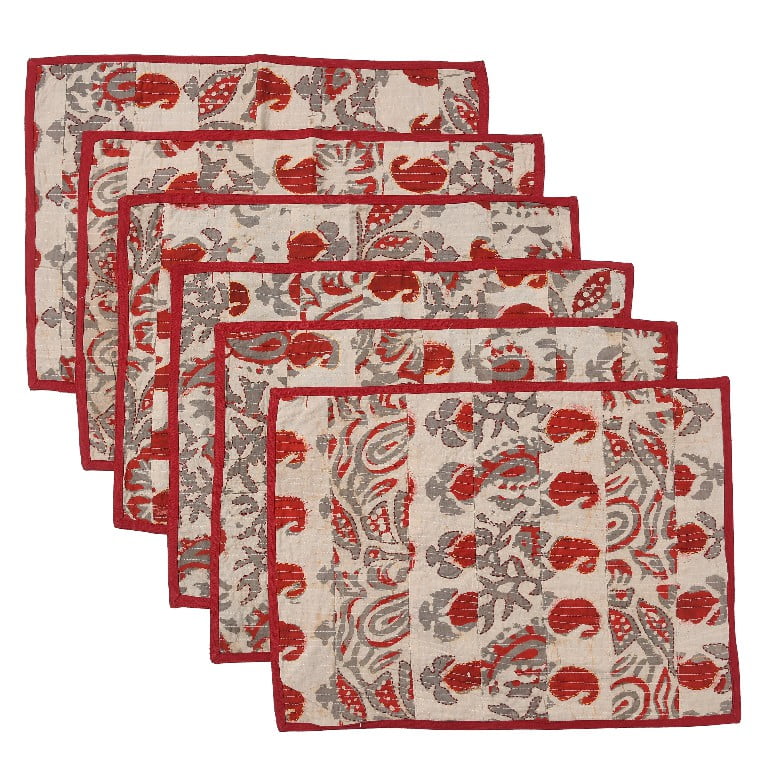 Nautical-Inspired Cotton ...
Nautical-Inspired Cotton ...  Handcrafted Bamboo Candle...
Handcrafted Bamboo Candle... 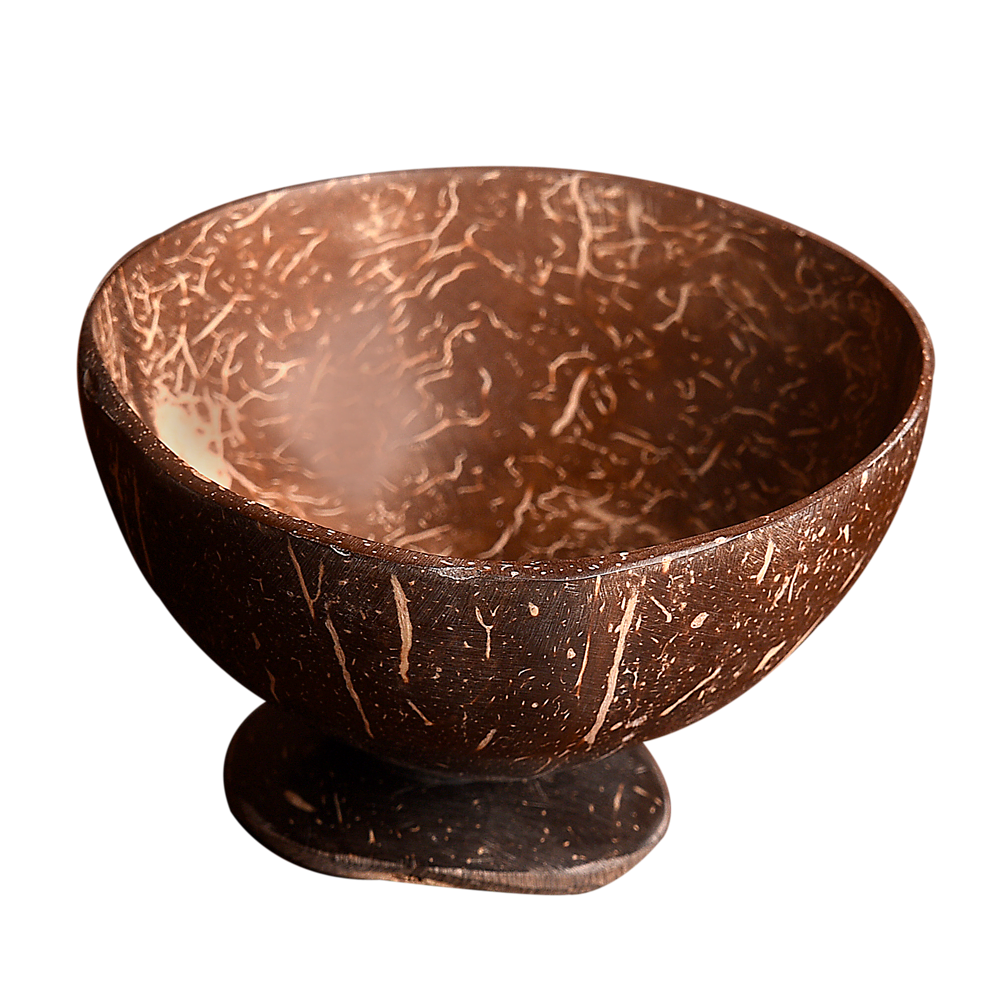 Organic Coconut Shell Bow...
Organic Coconut Shell Bow...  Foldable Wooden Mat
Foldable Wooden Mat 
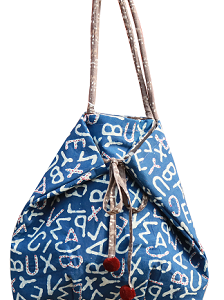


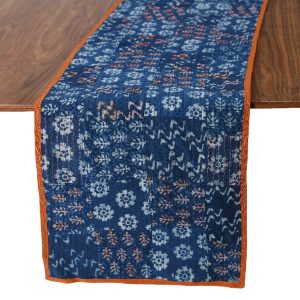


 The Ancient Art of Indigo
The Ancient Art of Indigo  The Sustainable Artistry of Indian Bamboo Craft
The Sustainable Artistry of Indian Bamboo Craft  The Artisanal Revival of Coconut Shell Crafts
The Artisanal Revival of Coconut Shell Crafts  The Warmth and Elegance of Wood in the Kitchen
The Warmth and Elegance of Wood in the Kitchen 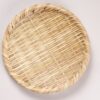
Recent Comments